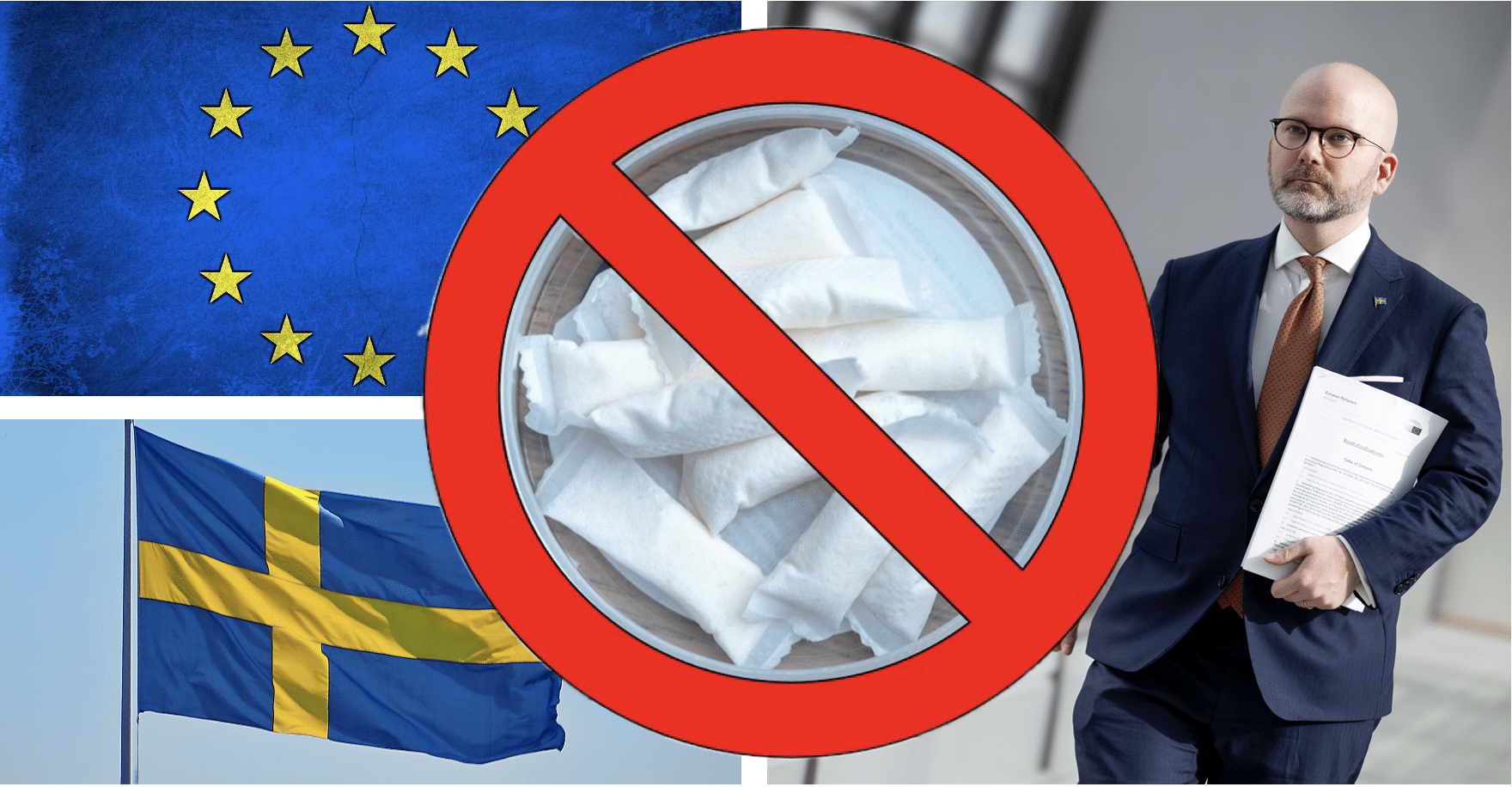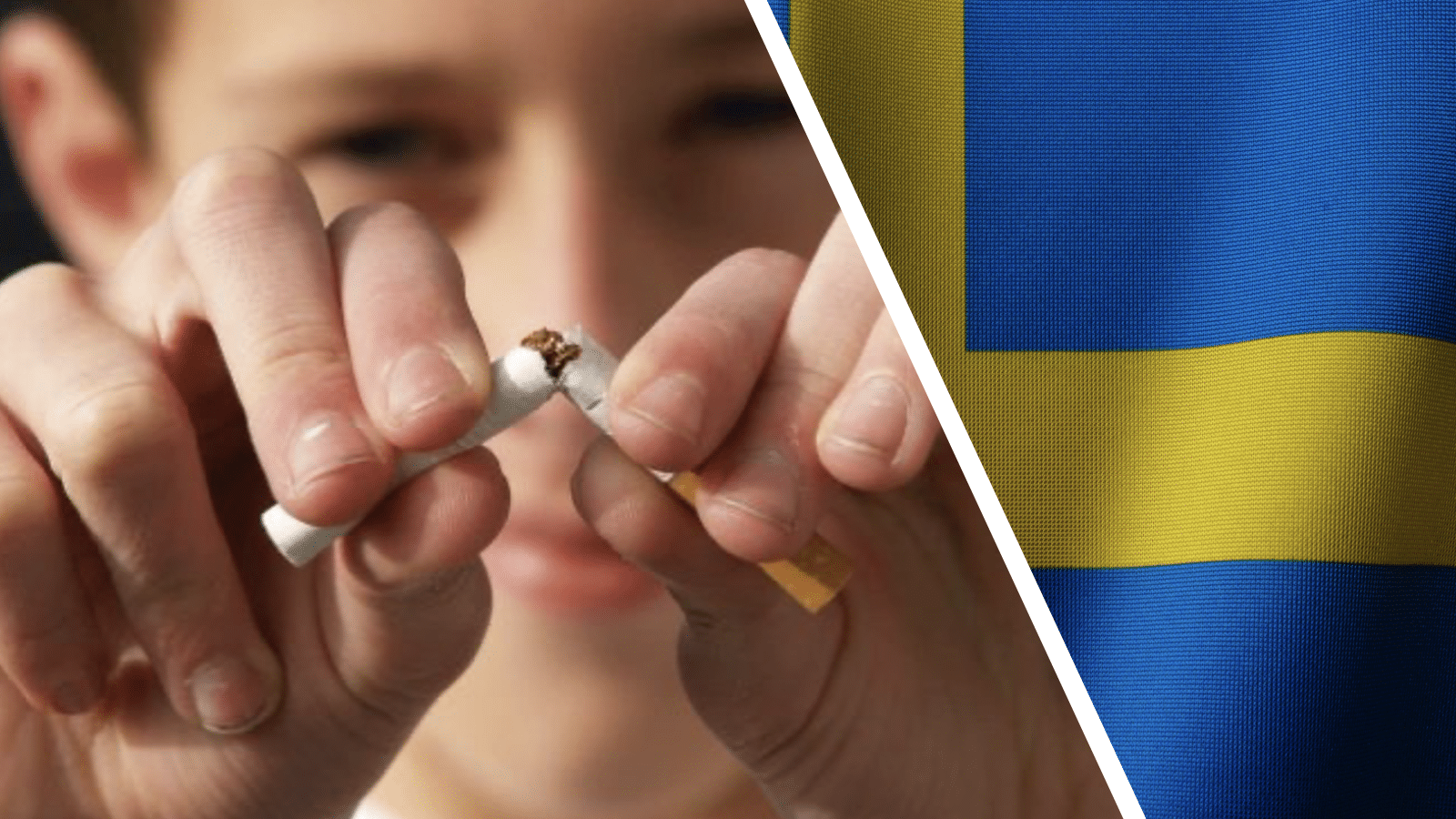
Swedish MEP: Revised EU Tobacco Products Directive must allow snus
The upcoming revision of the EU Tobacco Products Directive (TPD) is an opportunity to finally lift the EU’s ban on snus and give smokers the chance to switch to a much less harmful product, argues Swedish MEP Jörgen Warborn (M/EPP).
Sweden’s long-standing tradition of snus has resulted in Europe’s by far lowest proportion of smokers, as well as significantly fewer cases of tobacco-related diseases compared to the rest of the EU. If the French and Italians were to switch from cigarettes to snus to the same extent as Swedes, we could substantially reduce burdens on the healthcare sector and save thousands of lives every year. All available research shows that snus is a much less harmful product than cigarettes.
Snus is by no means a health product, but its importance in reducing tobacco-related health problems in the population is well established and impossible to ignore. We have known this for a long time in Sweden. The same thing has been understood in the United States – and the EU should open its eyes to this fact too.
In the US, snus has been marketed for some time as a less harmful alternative to cigarettes, and in 2019 Switzerland became the third European country to allow snus on the market, after Sweden and Norway. They have done so on good grounds.
Better alternatives for the EU’s 100 million smokers
When the EU Tobacco Products Directive (TPD) is to be revised, Sweden needs to rally support for a more nuanced view on snus. The main goal must be to reduce the harmful effects of tobacco use. Anyone who wants to succeed in this cannot ignore Europe’s most successful example – the Swedish one – where snus is the most significant reason why we have come so far. The EU’s 100 million smokers deserve access to a much better alternative – Swedish snus.
This would primarily translate into public health gains for Europe, but also bring valuable economic gains for Sweden, allowing Swedish snus manufacturers to broaden their market, generate new revenues, and create more jobs. Sweden, where production is already well-established, would become a leader in a market that is new for the rest of the EU. If only one percent of the EU’s population were to switch from cigarettes to snus, an estimated €1.1 billion would be generated in export revenues to Sweden.
Snus ignored by Brussels-majority
When the TPD revised, new light must be shed on the potential of snus in combatting tobacco-related illnesses, which has unfortunately been banned and ignored by the majority in Brussels for a long time. That the US as the world’s most powerful economy and influential society has taken such a clear position for the harm reduction potential of Swedish snus should be an eye opener in Brussels as well. The American step provides new and better conditions for advancing the issue within the EU and opening up the internal market for snus.
It is time for nay-sayers to stop turning a blind eye to a proven tool for reducing disease rates. In most policy areas, we hear about the importance of listening to research and not ignoring statistics – the exact opposite to how the majority in Brussels approaches snus. The Swedish government has a huge responsibility to raise its voice rather than continuing to look on in silence while Swedish companies and products are discriminated against in what should be a free and open market.
EU tobacco policy needs a re-think
Trade in Europe was not intended to be shaped by the arbitrary impulses of bureaucrats, but the way snus has been handled cannot be considered as anything other than arbitrary and hypocritical. Current rules give cigarette companies a de facto monopoly, keeping the most harmful tobacco product legal and banning the least harmful. It is obvious that EU tobacco policy is in need of a re-think.
Jörgen Warborn
Member of the European Parliament
Swedish Moderate Party
Group of the European People’s Party



